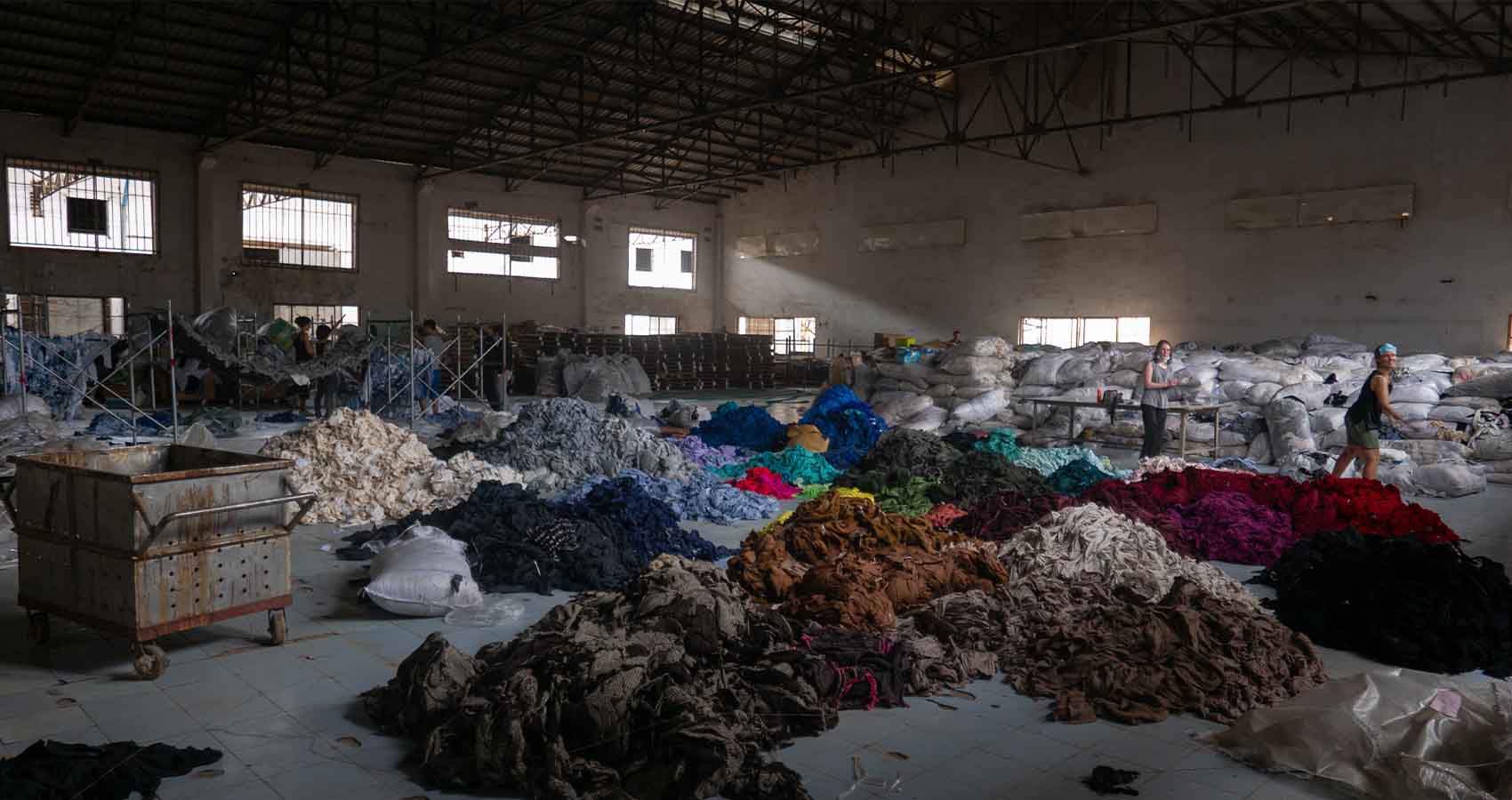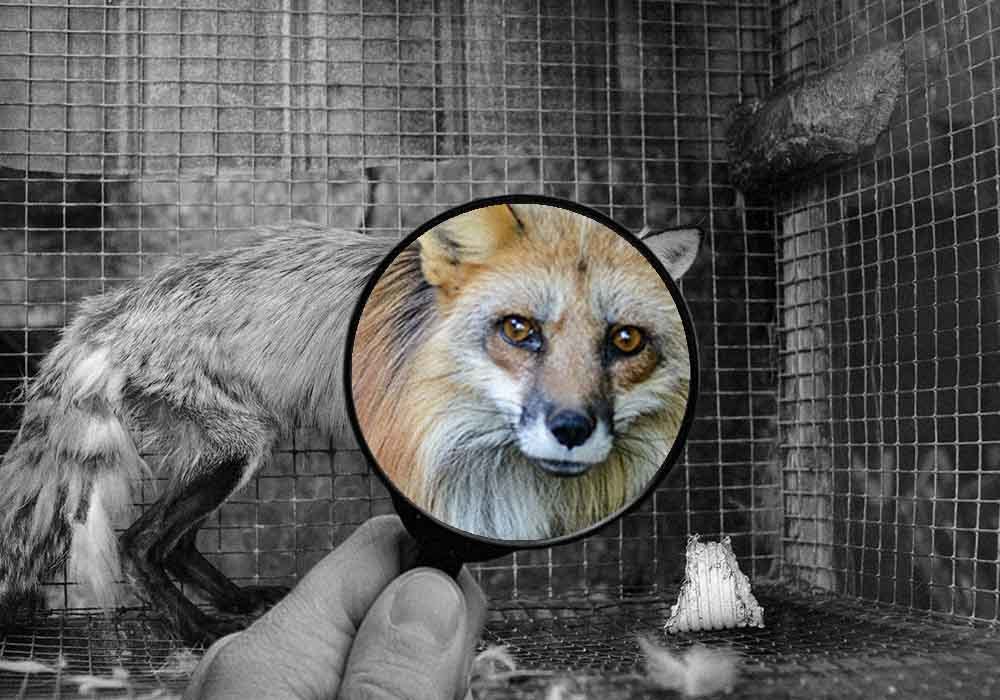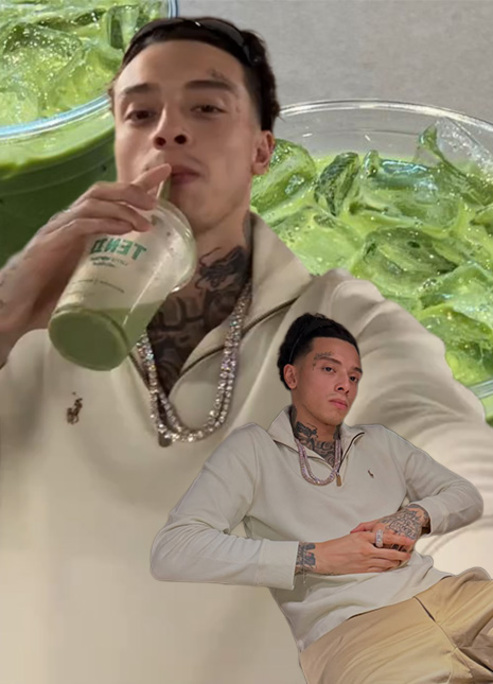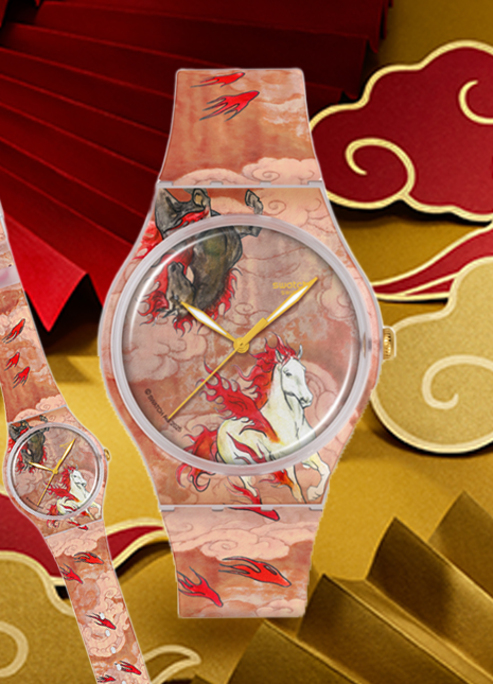
A Conversation About Leather, Fur and Sustainability in Fashion
Leather from animals is still a big part of the fashion industry and in our daily lives.
Big fashion houses have skipped the usage of fur and see the disposal of fur as sustainable and a part of the animal rights movement. But leather from animals is still a big part of the fashion industry and in our daily lives.
Many of the big fashion houses have left the fur behind. Plenty of exclusive labels have stopped using fur in their collections, like Gucci. In 2017, they released an official statement that they would stop using fur in future collections. This big pushback with fur started in the 1970s, where the interest in animal rights became more prominent for the regular medium. In recent years, the interest in sustainability and veganism has risen massively and the growth of the platform has invited a public discussion on the importance of these topics. With so many voices, there is not a clear answer to what is more sustainable.
Fur and leather in the industry and in everyday life

One of the fundamental stepping stones in the fashion industry is leather. It can be seen both in high-end and high-street stores, where it plays a big role in both ends of the spectrum. Leather can be seen in everyday items in the form of shoes and bags and has a large potential for a long-lasting product. If taken care of, Doc Martens will last a lifetime. The leather goods industry has a better starting point than fur since the general public understands the practical aspects of leather shoes more than a fur coat.
Fur, as a material in fashion, can be viewed from different angles. The researcher behind the Re-new project report, Else Skjold (in collaboration with Design School Kolding and Kopenhagen Fur, which is based upon a year work from 2017 – 2018), put fur as the main topic and argued that fur is a material that can be seen as sustainable. Fur does not need a strong chemical treatment as leather does before it is ready for use. This is one of many arguments as to why fur is not bad for the environment as it first may appear. Else Skjold is underlining that the fashion industry should focus on how long a product will last.
By having an item with long lasting wear one’s CO2 footprint would be cut down and as Skjold states “within the use phase lies the key for the development of the future”. Skjold also raises a critique within the fashion industry and underlines that there is too much focus on the working conditions and the general production before the style is ready for use, hereby making the point that the importance of a product with a longer usage are not as important.
Transparency in the production in the fashion industry

With the growing interest in sustainability and animal rights, the fashion industry is trying to limit the use and production of leather, and if a company is relying on their leather styles, they will try to make the production process transparent. With leather, the tracing system Spoor by the Danish owned Scan-Hide, can be used to trace back the origin of the skin and therefor make it convenient for the consumer to know what animal and which chemicals have been used in the process. Leather is also able to get a certification by oeko-tex to help the consumer maintain an overview of whether the chemicals used in the production is sustainable.
In the fur industry, transparency is also in place to highlight the sustainability aspect. Kopenhagen Fur welcomes this by having the production measure up to the guidelines created by Welfur which involves animal rights. Kopenhagen Fur also highlights the label usage of circular bioeconomy.
Vegetarian materials

Another way in which the fashion labels are able to incorporate animal rights into their brand and collections is the use of natural materials. Hermès, who started out as a saddler in 1837, are now experimenting with plant-based materials in their collections.
One luxurious fashion label which took a stand against fur and leather from the beginning is Stella Mccartney. With one sentence, they made it clear what values the label holds. “As a vegetarian label we never use leather, fur and feathers. By taking this distance we prove that it is possible to create beautiful, luxurious products that are better for all – animal, humans and the environment”. Stella Mccartney herself is a vegetarian, her label (which started in 2001) has been cruelty-free with loud doubts from the luxurious part within the fashion industry.
The need for non-animal products is rising in demand from the consumers that wish to limit their consumption both in regards to fashion and sustainability. But there needs to be some questions asked: is our environment able to handle the production of materials that we do not know how will react and behave? And will the animal fur/leather industry as we know it continue, end or be changed entirely?
The production of animal products is still in high demand and holds a strong place next to the vegetarian substitutes.
Cultural codes in clothing and fashion

Fur in fashion has a strong cultural code in the western world. According to Else Skjold and Erik Hansen-Hansen, who are both researching luxurious fashion at The Royal Academy, fur has strong connections to the upper class since it is considered to be created on the foundation of pure opulence. The need to cover up in warm fur and leather clothes and fight harsh, cold climates is no longer prominent. Erik Hansen-Hansen points out that one of the cultural codes with leather is that this material can be associated with rock culture, whereas the fur is unnecessary and doesn’t hold the same inclusivity like leather for daily use. This reinforces the narrative that fur is redundant, whereas leather still holds a strong impact on the fashion industry.
Sustainability also comes across in many different ways and labels tend to have their own way to brand themselves as sustainable to fit their narrative. Sustainability with animal products is up to the consumers and as Else Skjold says: “Sustainability is not black and white. There is not a single piece of material that is unambiguously bad or good. There is always something to take into consideration and that is to be remembered when discussing sustainability”.











